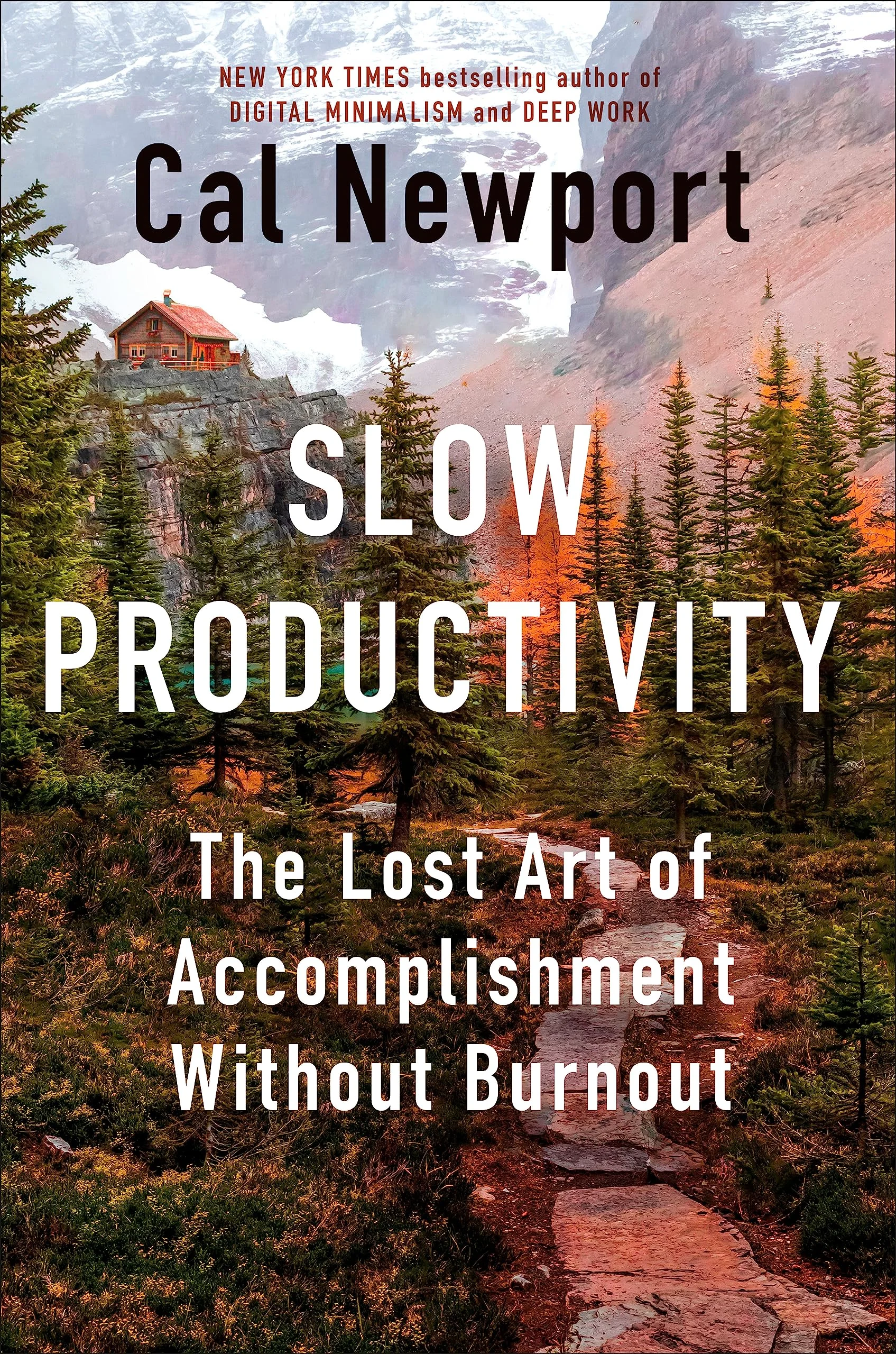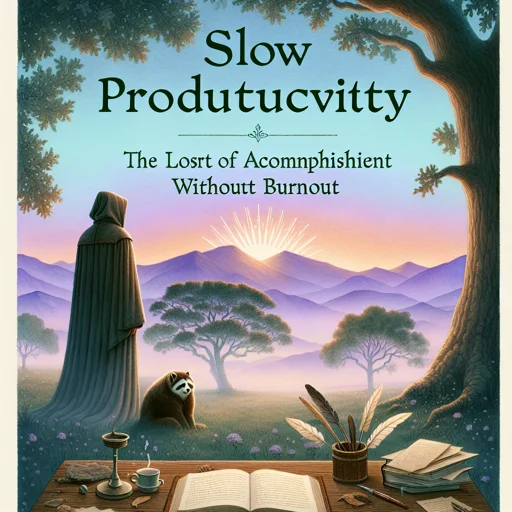Reviews of ‘Slow Productivity: The Lost Art of Accomplishment Without Burnout’ by Cal Newport

Quick Review
“Slow Productivity: The Lost Art of Accomplishment Without Burnout” by Cal Newport challenges conventional productivity norms. The book promotes a slower, more thoughtful approach to work. Newport draws on historical examples to illustrate his ideas. He encourages readers to prioritize quality over quantity in their tasks.
Title: Slow Productivity: The Lost Art of Accomplishment Without Burnout
Author: Cal Newport
Publish Date: March 5, 2024
Length: 244 pages
Genres: Nonfiction, Self Help, Productivity
Sounds like your next book?
Pros and Cons
➕Pros:
- Offers a refreshing perspective on productivity.
- Grounded in historical examples of successful thinkers.
- Encourages a focus on quality rather than busyness.
➖Cons:
- Content feels repetitive, lacking new insights.
- Advice may not apply to all types of workers.
- Some anecdotes may come off as irrelevant.
What Would Your Friend Say About This Book?
“I wanted to love this book, but it felt too repetitive. Many of the ideas were just rehashed from his previous works. I found the anecdotes interesting but not always relevant to my situation.”
Editorial Review
Alternative Book Cover

What others say?
“The book seems to rehash ideas from Newport’s earlier works without offering new insights.”
“I appreciate the emphasis on quality, but the execution felt lacking and repetitive.”
“Newport’s perspective on productivity is interesting, but it doesn’t resonate with all workers.”
Are you looking for a nice read that perfectly fits your current mood? Here is a free book suggestion tool. It gives you suggestions based on your taste. Also a likelihood rating for each recommended book. Would you like to find the book you will love later or now?
FAQ Section
What is the main premise of “Slow Productivity”?
The book advocates for a slower, more thoughtful approach to work.
Who is the target audience for this book?
This book is aimed primarily at knowledge workers and those with autonomy in their jobs.
Does the book provide actionable advice?
While it offers some tips, many may find them vague or impractical.
Is this book suitable for all workers?
No, its principles may not apply to those in more structured environments.
How does this book compare to Newport’s previous works?
Some readers feel it lacks new content and rehashes previous ideas.







